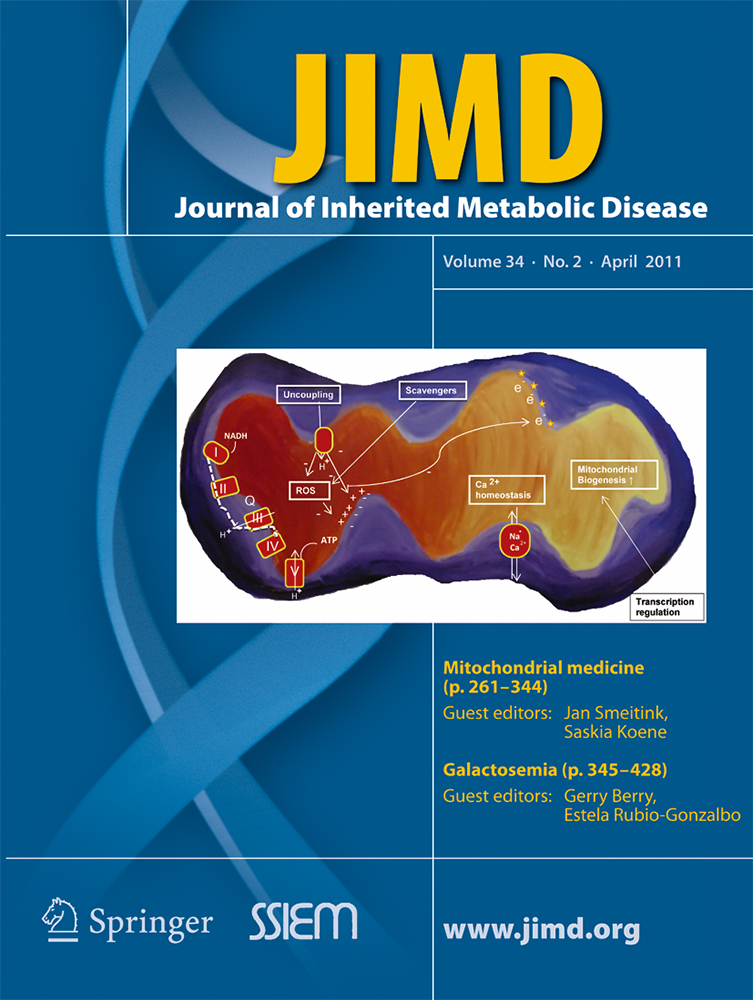UK experience of liver transplantation for erythropoietic protoporphyria
Communicated by: Georg Hoffmann
Competing interest: None declared.
Abstract
Erythropoietic protoporphyria (EPP) is characterised by excess production of free protoporphyrin from the bone marrow, most commonly due to deficiency of the enzyme ferrochelatase. Excess protoporphyrin gives rise to the cutaneous photosensitivity characteristic of the disease, and in a minority of patients leads to end-stage liver disease necessitating liver transplantation (LT). There is limited information regarding the timing, impact and long-term outcome of LT in such patients, thus we aimed to identify the indications and outcomes of all transplants performed for EPP in the UK using data from the UK Transplant Registry. Between 1987 and 2009, five patients underwent LT for EPP liver disease. Median follow-up was 60 months, and there were two deaths at 44 and 95 months from causes unrelated to liver disease. The remaining recipients are alive at 22.4 years, 61 months and 55 months after transplant. A high rate of postoperative biliary stricturing requiring multiple biliary interventions was observed. Recurrent EPP-liver disease occurred in 4/5 (80%) of patients but graft failure has not been observed. Given the role of biliary obstruction in inducing EPP-mediated liver damage, we suggest that consideration should be given for construction of a Roux loop at the time of transplant. Thus we demonstrate that although EPP liver transplant recipients have a good long-term survival, comparable to patients undergoing LT for other indications, biliary complications and disease recurrence are almost universal, and bone marrow transplantation should be considered where possible.




